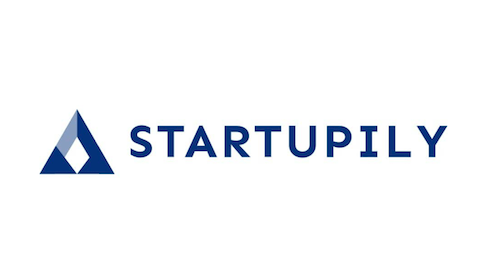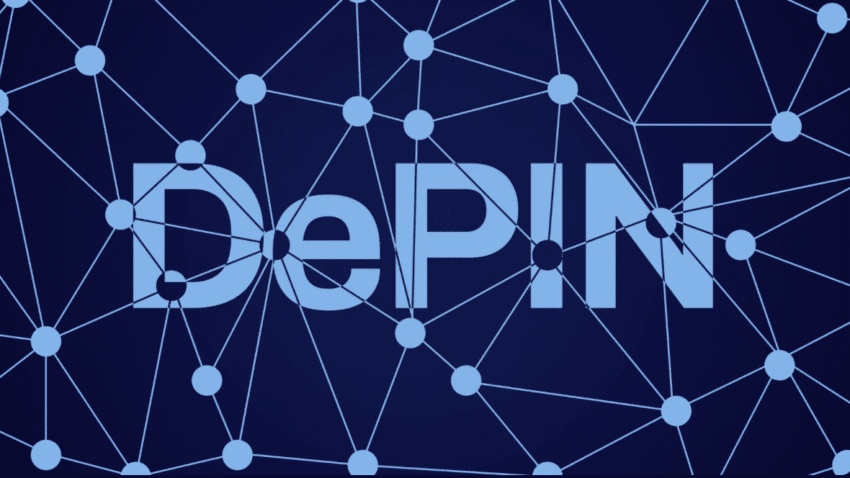Decentralized Physical Infrastructure Networks are transforming how crypto powers systems like IoT and energy grids. By using blockchain to crowdsource physical infrastructure, DePIN offers new ways to earn and innovate. This article explores its potential, projects, and tips for up coming years. Dive in to learn how to join this revolutionary crypto trend.
What is DePIN and Why It’s Game-Changing
DePIN uses blockchain to incentivize decentralized networks for services like internet or storage. Projects like Helium reward users for running Wi-Fi hotspots with tokens. This creates community-owned infrastructure that’s scalable and resilient. Its real-world impact makes it a hot crypto topic. Unlike centralized systems, this model empowers users to control and profit from infrastructure. It shifts from corporate monopolies to decentralized ownership. In 2025, it’s gaining traction for practical applications. From 5G to energy sharing, it’s redefining connectivity.
Technologies Driving Decentralized Infrastructure
Blockchain platforms like IoTeX and Solana enable secure, fast transactions for decentralized networks. IoT devices, like sensors or hotspots, integrate with these blockchains for data sharing. Tokenomics incentivize users to contribute hardware or resources. This synergy creates efficient, community-driven systems.
Smart contracts automate rewards, ensuring transparency in these ecosystems. Edge computing enhances real-time data processing for IoT projects. These technologies make networks scalable and cost-effective. They allow anyone to build tomorrow’s infrastructure.
Why DePIN Is Trending in 2025
This trend is rising due to its real-world utility and crypto’s growing adoption. X posts highlight Helium’s IoT network and DIMO’s vehicle data platform as leaders. The market is projected to hit billions, driven by demand for decentralized solutions. It’s reshaping industries like telecom and energy.
Global connectivity issues, like rural internet access, fuel its appeal. Tokenized rewards attract users to deploy hardware, creating self-sustaining networks. Investors see it as a high-growth crypto sector. Its practical benefits draw tech enthusiasts and everyday users.
How to Get Started with Decentralized Networks
Joining this space is accessible but requires research to succeed in 2025. Explore projects like Helium or Filecoin via their whitepapers and X communities. Choose a project aligned with your interests, like IoT or storage. Set up a crypto wallet like MetaMask for secure participation.
Begin with low-cost entry points, like staking tokens or renting hardware. Understand tokenomics to gauge earning potential. Verify hardware vendors to avoid scams. Careful planning rewards new participants.
Top Projects to Watch In DePIN
Leading projects showcase crypto’s real-world potential in 2025. Helium powers decentralized IoT networks with user-run hotspots earning HNT tokens. Filecoin incentivizes storage, competing with cloud giants like AWS. These initiatives prove the scalability and impact of DePIN.
DIMO connects vehicles to blockchain for tokenized data sharing, benefiting drivers. Render Network decentralizes GPU computing for creators, supporting AI and media. Follow X for updates on these leaders and new players. Their innovation drives the crypto infrastructure boom.
Risks and Challenges
This space offers opportunities but comes with risks requiring caution. Hardware costs for nodes, like hotspots, can be high for new users. Regulatory uncertainty around tokenized infrastructure varies by country. Scams posing as projects threaten unprepared participants.
Market volatility affects token rewards, impacting earnings stability. Technical setup, like configuring nodes, can be complex for beginners. Research project teams and avoid overhyped ventures to stay safe. Diversifying across projects reduces risk exposure.
Maximizing Earnings
Earning requires strategy to optimize your crypto rewards. Choose projects with strong communities and active development for longevity. Place nodes in high-demand areas, like urban centers, for better earnings. Monitor token prices to time sales or staking effectively.
Join communities on X or Discord for node setup tips and updates. Stake tokens in established projects to earn passive income. Avoid over-investing in single projects to spread risk. Smart planning boosts your earning potential.
The Future of Decentralized Infrastructure
DePIN is set to shape 2026 by powering smart cities and green energy solutions. Cross-chain interoperability will enhance scalability across blockchains like Ethereum. Partnerships with telecom or energy firms could mainstream adoption. Its potential to solve global connectivity gaps is massive.
Expect integration with AI for smarter IoT networks and data processing. Regulatory clarity, like stablecoin laws, may boost legitimacy. The future sees it as a backbone for decentralized infrastructure. It’s a crypto trend with lasting impact.
Why This is a Crypto Revolution
This model blends crypto with real-world infrastructure, empowering users to own and profit from networks. Its practical applications, from IoT to energy, make it a 2025 standout. Blockchain’s transparency ensures fair rewards for contributors. It’s redefining how we build global systems.
For newcomers, it offers a tangible entry into crypto with real-world impact. Investors see it as a high-growth sector with mainstream potential. Start small, research thoroughly, and join the revolution. Explore this space to shape the future of infrastructure.
- Driving Sustainability Forward: How ESG Reporting Technology Helps Companies Lead With Purpose
- Creating A Hygienic Environment: Three Of The Most Important Aspects Explored
- How to Grow Your Career Through the Many Stages of Self-Employment
- How To Give Your Marketing Campaign More Impact
- 3 Operational Tips For The Closure Of An Unsuccessful Business

